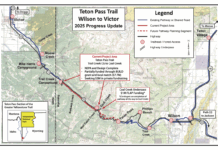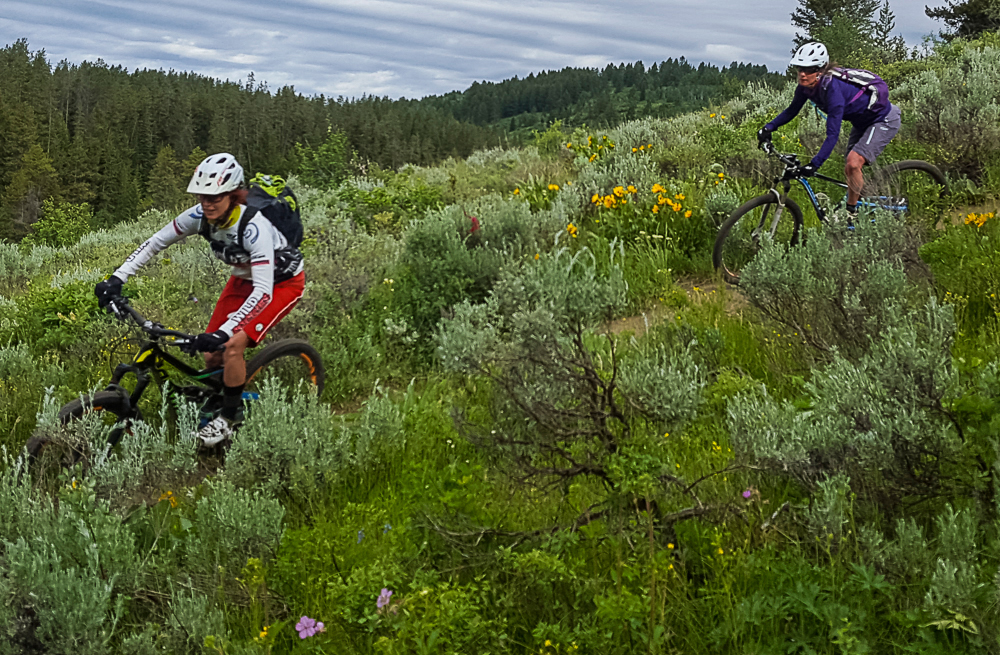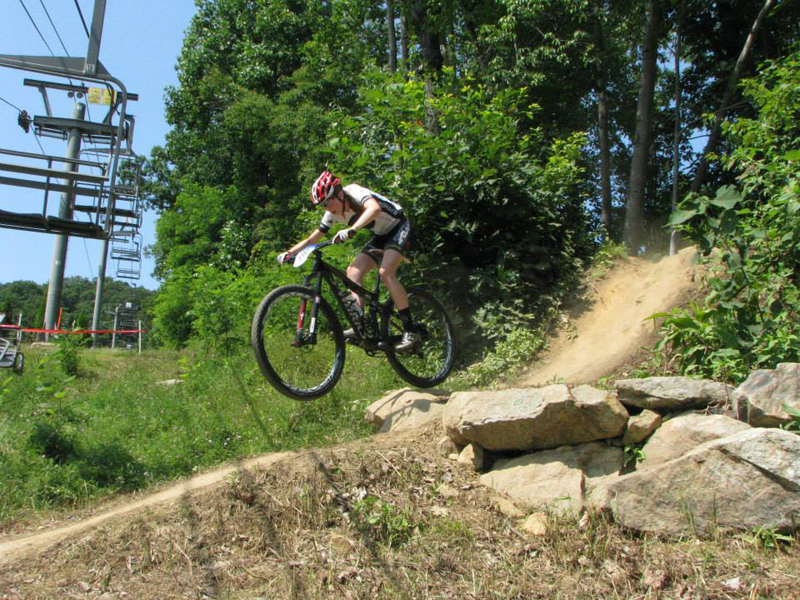By Charles Pekow — An opportunity to expand and improve mountain biking in northwest Colorado lies at hand. The Bureau of Land Management (BLM) is undertaking an inventory process of roads and trails on its property in the area of the Piceance Basin near Meeker, Colorado. It aims to not only post the information on its website but use it in planning for recreational and other transportation.
The process works like this:BLM (and the United States Forest Service) appoint local and regional resource advisory committees (RACs) to advise it. The Northwest RAC, which covers the area, formed a 12-member Travel Management Subgroup to assist it with the White River Field Office’s Travel and Transportation Management Resource Management Plan Amendment. RACs sometimes appoint local groups with interest, knowledge and experience in a subject to advise it. Under the law, the subgroup has no standing to advise BLM directly, but can advise the RAC, which in turn advises BLM, explains David Boyd, a spokesperson for the field office.
The subgroup first met last November. It is hoping to present its findings to the RAC this September and the RAC will forward its recommendations to BLM. It plans to do so by the end of the year. BLM can then start the process of amending its travel management plan for the area in 2017. The area officially includes 992,780 acres of federal land.
The subgroup includes two members officially representing the bicycling community but the two don’t represent any specific organizations. It also includes representatives of fishing, off-highway vehicle, livestock grazing, oil and gas and sportsmen/hunting communities.
Note: the White River Field Office in Meeker governs BLM territory and is often confused with the White River National Forest, which is not affected by this project, Boyd says. Most of the affected land lies within the Piceance Basin and isn’t designated as a specific national monument, forest, park, etc. While locals ride there, it doesn’t attract many out-of-town mountain bikers unlike some other areas in Colorado, Boyd says. But maybe it could with the right attention and facilities.
The revised plan will specifically designate roads and trails for biking. It may also designate some areas where people can ride off-terrain vehicles where they please, depending on environmental issues. The subgroup is interested in learning how people bike there and how to expand and improve conditions for the sport.
Additionally, the project is compiling an inventory of trails and their conditions. “We’re trying to get a handle on what’s out there,” Boyd explains, using seasonal employees to inspect as well as GPS. “We’re putting that inventory out for people familiar with the roads and trails to make sure we got them all and are not missing anything…It may be that sometimes we have routes that don’t go anywhere and no one is really using them. We may have two routes that go to the same place right next to each other. We’re trying to figure out the best way to come up with the best routes to get people where they’re going and doing what they want to do.”
Boyd added in an email that “(W)e are five to ten years away from completing the route-by-route decisions. The larger planning decision I mentioned, where we determine which areas are limited to designated routes, open to cross country or closed to motorized and mechanized use should be completed in 2017.”











